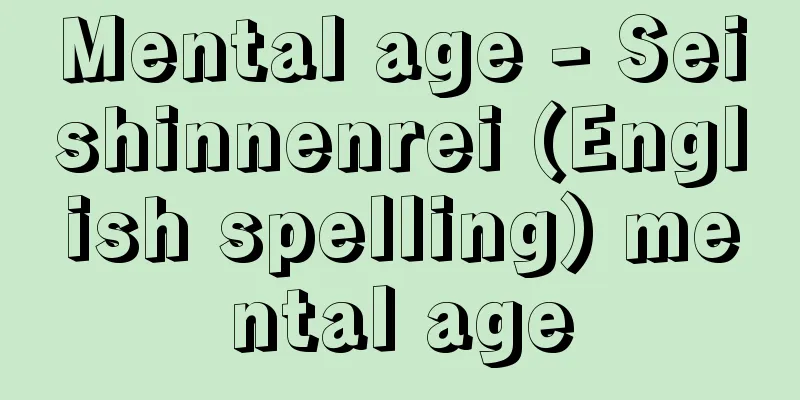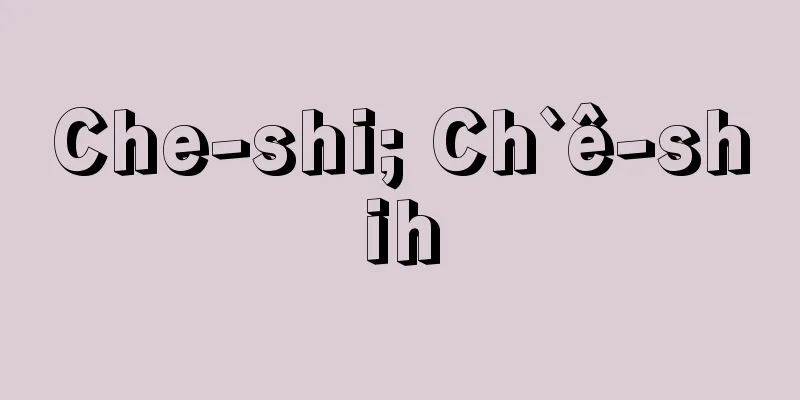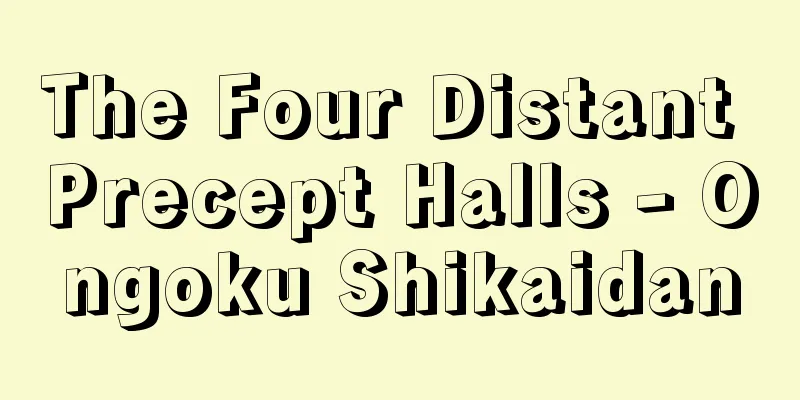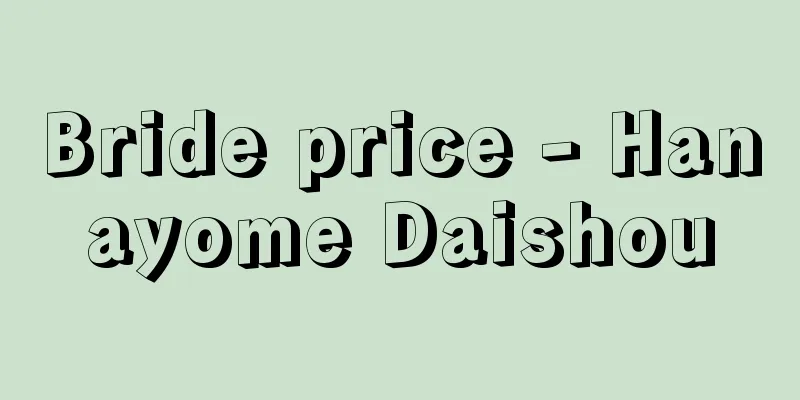Mental age - Seishinnenrei (English spelling) mental age

|
A measure of mental development. It is also called MA or intellectual age. It was adopted in the 1908 edition by Frenchman Binet, who created the first intelligence test. This test is composed of questions for each age group. For example, the majority of 8-year-olds (two-thirds to three-quarters) can pass the questions for the 8-year-old level, but there are questions that are difficult for younger children to pass. Therefore, if a child passes all of the questions, he or she is given a base age of 8 years. Furthermore, if a child answers three out of six questions for the 9-year-old level and one out of six questions for the 10-year-old level correctly, but fails to answer any questions for the 11-year-old level, two months are allocated for each question, so the child is considered to have reached a mental age of 8 years and 8 months by adding the eight months (four questions) to the base age. The ratio of the mental age (numerator) to the actual age (chronological age, CA) multiplied by 100 is called the intelligence quotient (IQ). The actual age scale is from 3 to 15 years old in Binet's 1911 version, and from 2 to 18 years old in Terman's 1916 version, and all ages above that are lumped together as adults. This is because, although it varies depending on the type of test, the intelligence of the group reaches its peak in the 15 to 20s. Therefore, in tests targeting adults and the elderly, the display of mental age is almost meaningless. In this case, the deviation IQ is used, which is not based on mental age. All the various intelligence tests by David Wechsler (1896-1981), such as the Wechsler-Bellevue Intelligence Test in 1939, are displayed using this deviation IQ. Today, mental age is rarely used not only for adults and the elderly, but also for children and adolescents, and intelligence level is often expressed using deviation IQ, intelligence deviation score, percentile, etc. [Nao Hidano] [References] | | | | |Source: Shogakukan Encyclopedia Nipponica About Encyclopedia Nipponica Information | Legend |
|
精神発達の程度を表す尺度の一つ。略してMAともいい、知能年齢ともいう。知能検査を初めてつくったフランスのビネーが、1908年版で採用した。この検査は、各年齢段階別の問題で構成されている。たとえば8歳級問題は8歳児の大多数(3分の2~4分の3)が成功するが、それより幼い子供では成功しにくい問題からなっている。したがって、そのすべての問題を通過すれば、8歳の基底年齢が与えられる。さらに9歳級問題6問中3問、10歳級問題6問中1問に正解し、11歳級問題は全問正解できなかったとすると、1問につき2か月が配当されているので、4問分の8か月を基底年齢に加えて8歳8か月の精神年齢に達しているとされる。この精神年齢を分子、実際の年齢(暦年齢、CA)を分母とした比を100倍した数値が、知能指数(IQ)とよばれる。 実際の年齢尺度はビネーの1911年版では3歳から15歳まで、ターマンの1916年版では2歳から18歳までとなっていて、それ以上の年齢は成人級として一括されている。これは検査の種類によって差があるものの、15歳から20歳代で集団としての知能は発達の頂点に達するからである。したがって、成人や高齢者を対象とする検査では精神年齢による表示はほとんど意味をもたない。この場合は精神年齢によらない偏差IQが用いられる。1939年のウェックスラー-ベルビュー知能検査など、ウェックスラーDavid Wechsler(1896―1981)による各種の知能検査はすべてこの偏差IQによって表示されている。今日では、成人、高齢者ばかりでなく児童、青年についても精神年齢はほとんど用いられなくなり、偏差IQ、知能偏差値、パーセンタイル(百分位数)などによって知能水準を表すことが多い。 [肥田野直] [参照項目] | | | | |出典 小学館 日本大百科全書(ニッポニカ)日本大百科全書(ニッポニカ)について 情報 | 凡例 |
>>: Acta Sanctorum (lives of saints)
Recommend
Osaka
...A historical place name in the eastern part of...
Water-soluble natural gas
Natural gas is a type of gas that is combustible, ...
Robert Prutz
1816‐72 German author. Born in Stettin (now Szczec...
Rhododendron quinquefolium (English name) Rhododendronquinquefolium
…[Yoshiharu Iijima]. … *Some of the terminology t...
Aikman
Dutch physiologist. He obtained his medical docto...
al-Ẓahrān (English spelling) alZahran
…The only international airport on the coast was ...
Donkey - Asse
A poetry magazine. From April 1926 (Taisho 15) to...
Silver cod (Anoplopoma fimbria)
A marine fish of the family Scorpaeniidae in the o...
Masterpiece House - Natenoshou
This manor was located on the north bank of the Ki...
Teijiro Ueda
Born: May 3, 1879 in Tokyo [Died] May 8, 1940. Tok...
Fantastic - Kisoutengai
Something unusual and unexpected. [Conjugation] --...
Enemy of the People
A five-act play by Norwegian playwright Ibsen. Pu...
Myokosan - Myokosan
It is the main peak of the Myohyang Mountains in t...
pillow lace
...but in a broader sense, lace can also be made ...
Acute urticaria - urticaria
...The color ranges from white to red, and some a...









